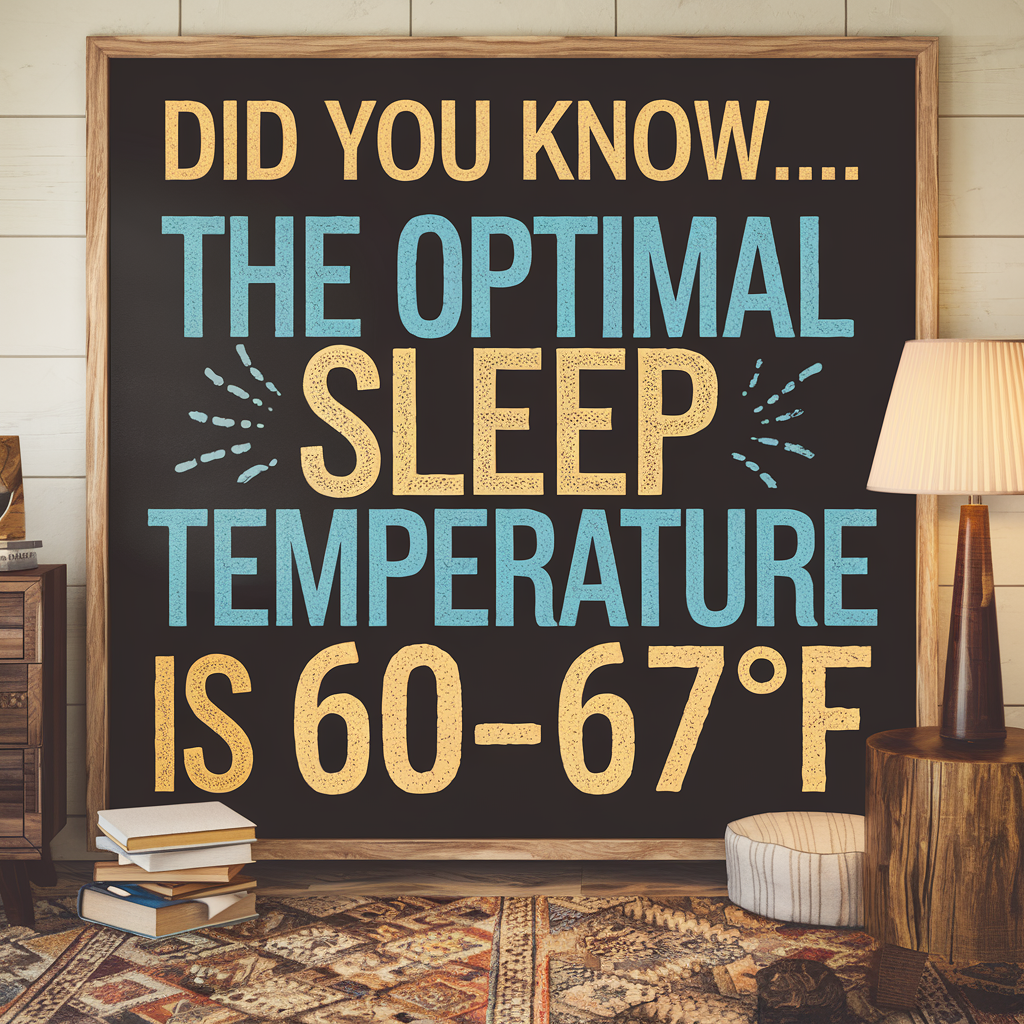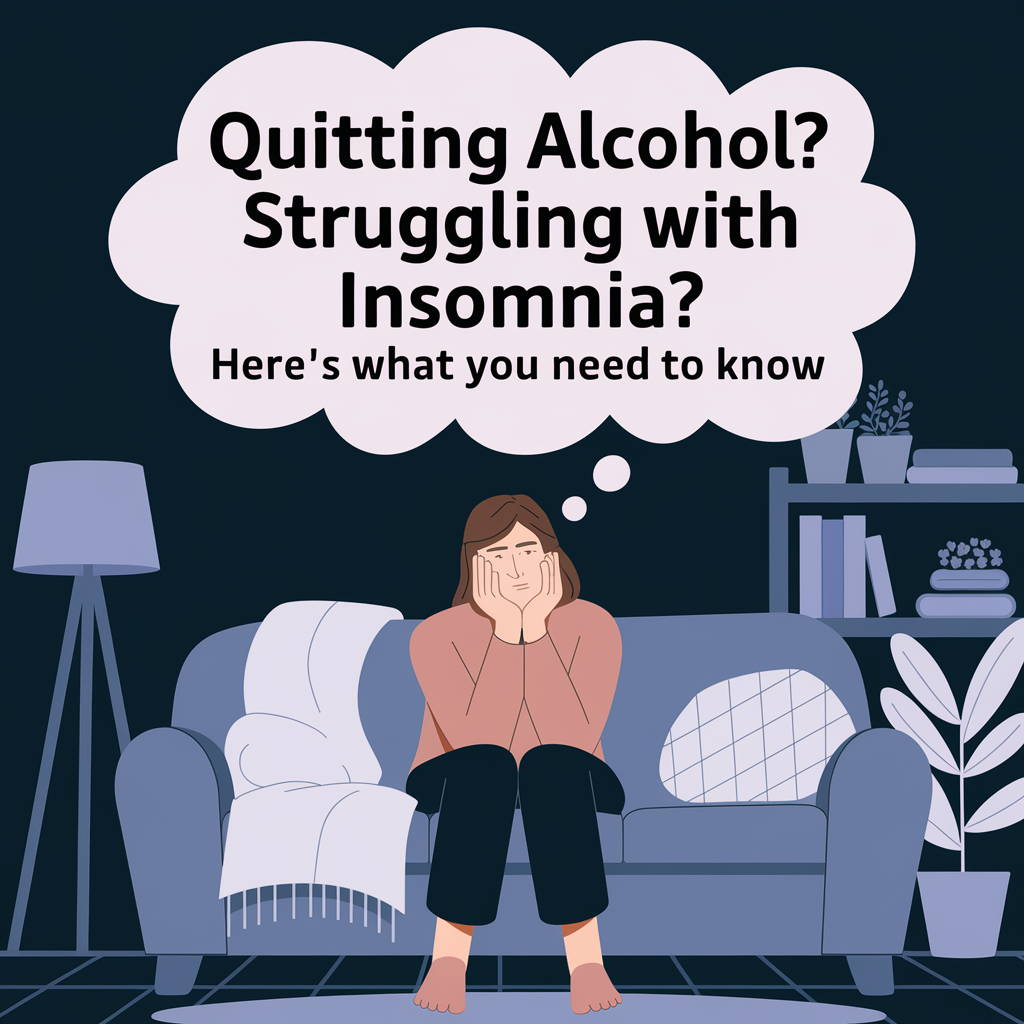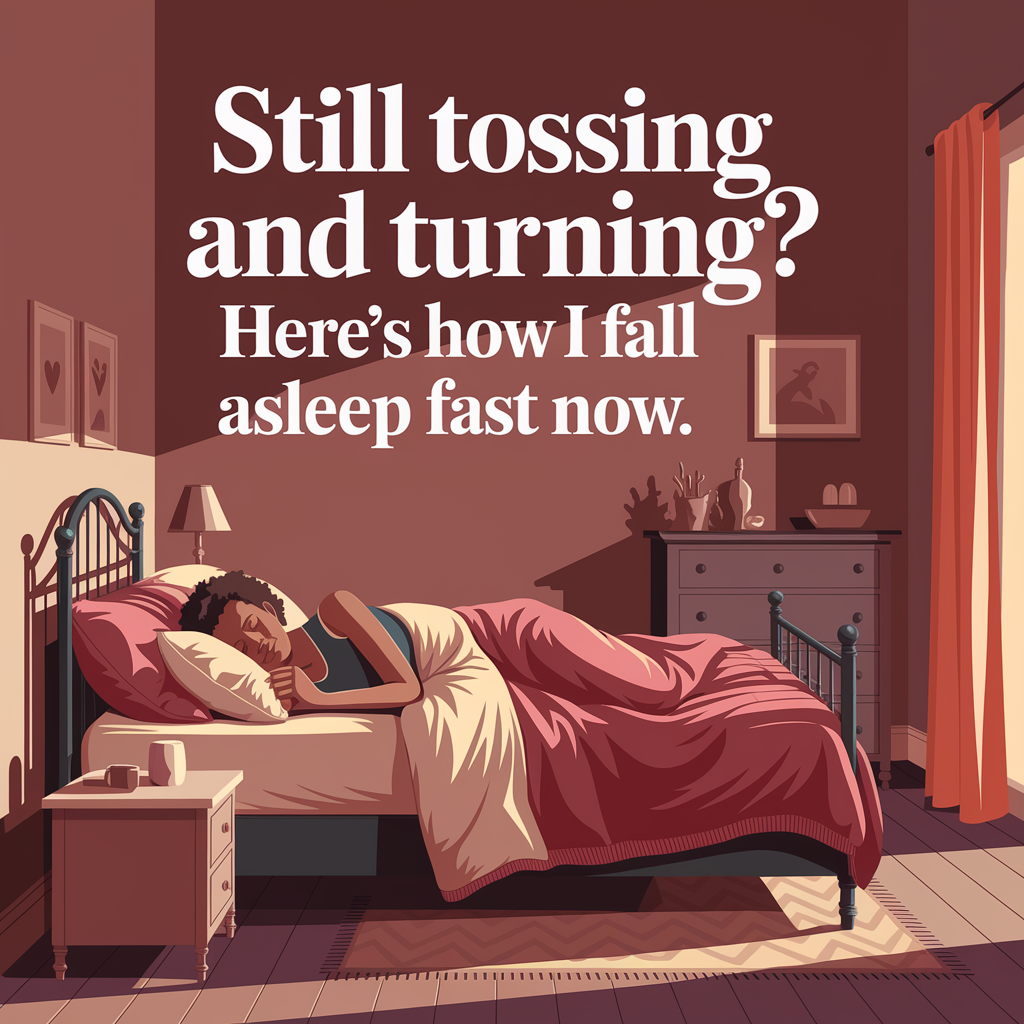
What is the quickest way to fall asleep?
If you’ve ever stared at the ceiling thinking, “Why can’t I just fall asleep already?”—trust me, I’ve been there more nights than I’d like to admit. I tried everything from counting backwards to replaying my day in my head (which only made it worse). What finally worked for me wasn’t one magic trick, but a few consistent habits stacked together.
Here’s what helped me fall asleep faster—most nights in under 15 minutes:
- Lowering the room temperature to around 65°F
- Turning off all screens at least 30 minutes before bed
- Using custom blackout curtains to keep my room dark and calm
- Doing slow, deep breathing—sometimes the “4-7-8” technique
- Following a short but consistent bedtime routine
You don’t need to do all of this perfectly. But once I dialed in my environment and created a little rhythm before bed, falling asleep started feeling automatic instead of stressful. If you’re looking to fall asleep faster, start with your surroundings. Light, noise, and temperature have more power than you think. I explain more of that in my guide to the best sleep temperature—because yep, even a few degrees can ruin a good night’s rest.
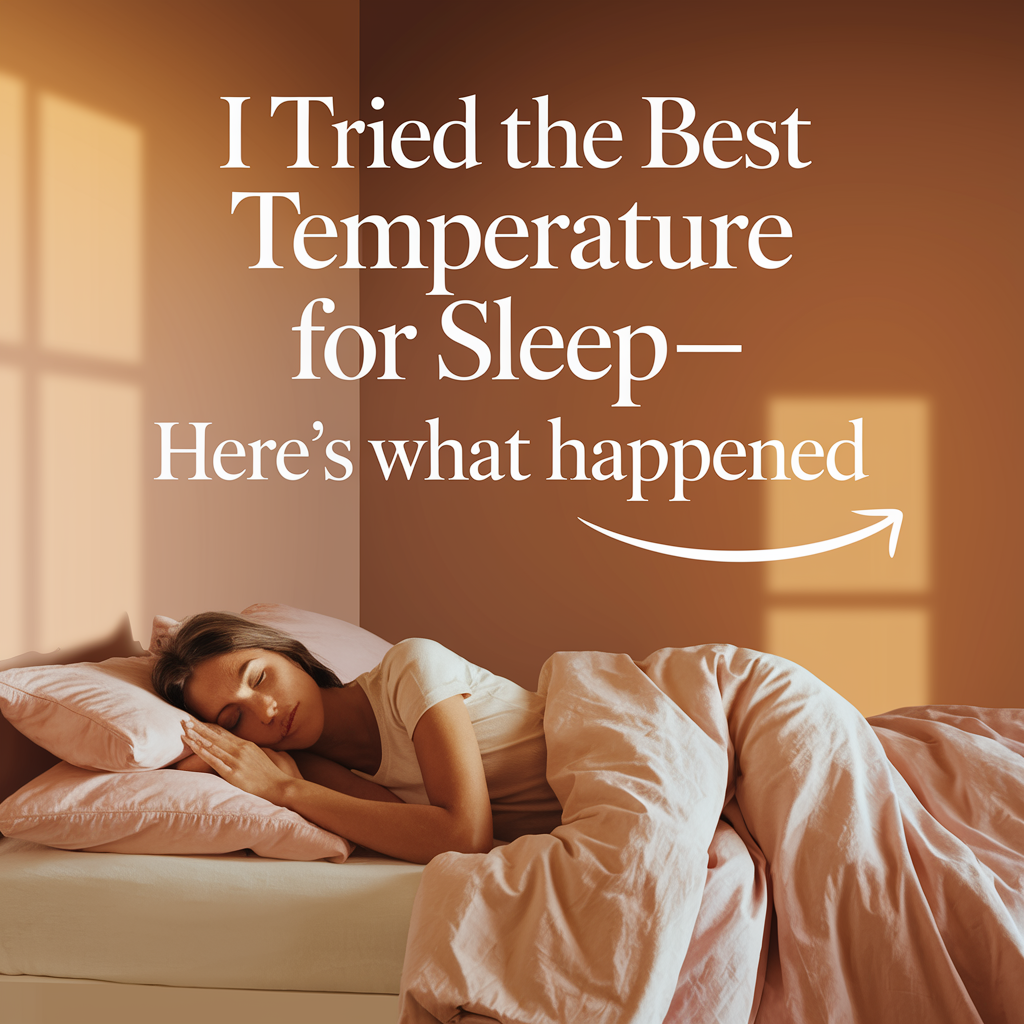
Why can’t I fall asleep even when I’m tired?
This used to drive me nuts. I’d be physically tired—eyelids heavy, body ready to shut down—but my brain? Wide awake. Over time, I learned that being tired doesn’t automatically mean your body is ready to sleep. There’s a difference between being mentally exhausted and actually prepped for rest.
Here are some reasons I found myself stuck in that tired-but-can’t-sleep limbo:
- Too much screen time late at night – The blue light messes with melatonin.
- No wind-down routine – I’d go from full-speed mode straight to bed.
- Overstimulation – Scrolling social media or watching intense shows right before sleep.
- Anxious thoughts – Even low-level stress or to-do lists floating in the background.
- Inconsistent sleep schedule – My body never knew when bedtime actually was.
If any of that sounds familiar, don’t worry—it’s fixable. The key is to create a consistent transition into sleep, so your body knows what’s coming. That’s where a relaxing environment really makes a difference. Dimming lights, using blackout curtains to signal “night mode”, and cutting down on tech helped me reset.
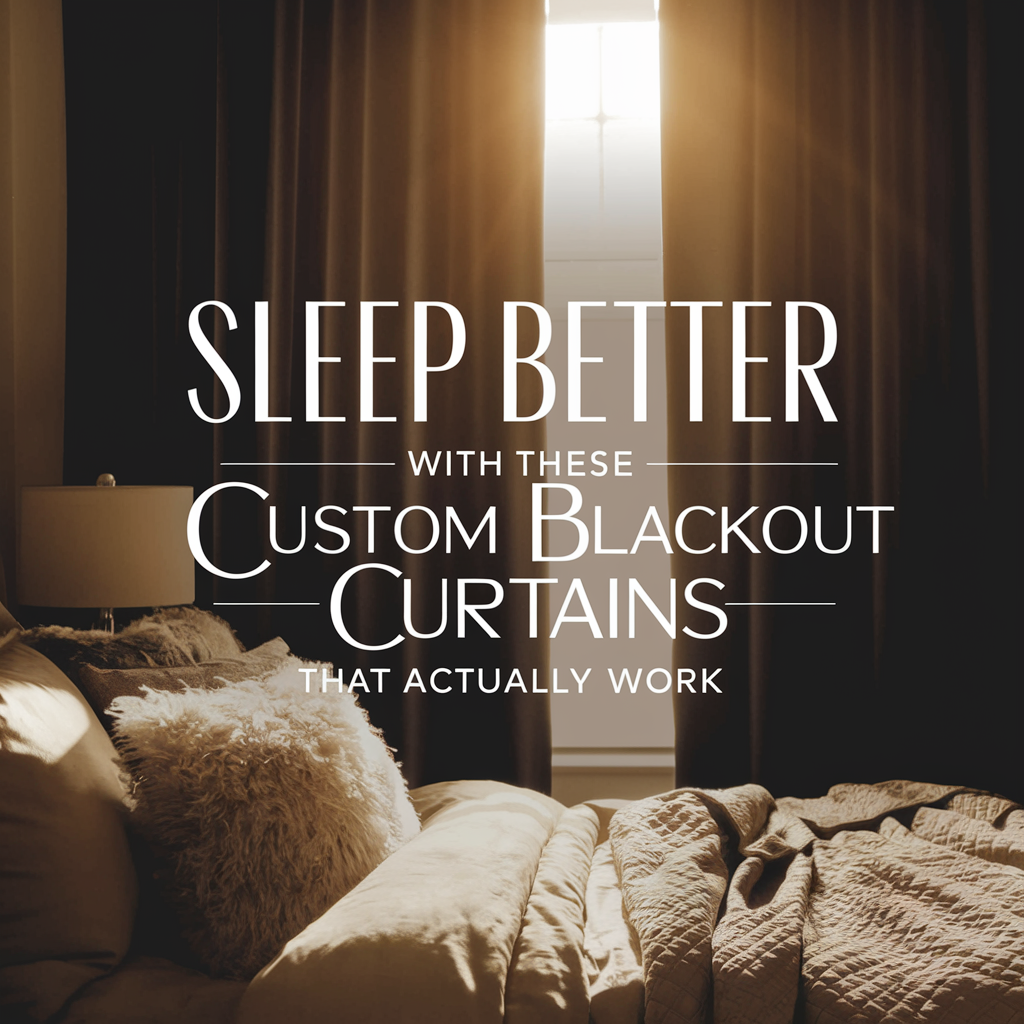
How do I calm my brain so I can fall asleep?
This was the hardest part for me. I wasn’t tossing and turning because I wasn’t tired—I just couldn’t shut my brain off. I’d start thinking about random stuff: Did I respond to that email? What if the smoke detector battery dies in the middle of the night? What am I even doing with my life? You name it, my brain was loud.
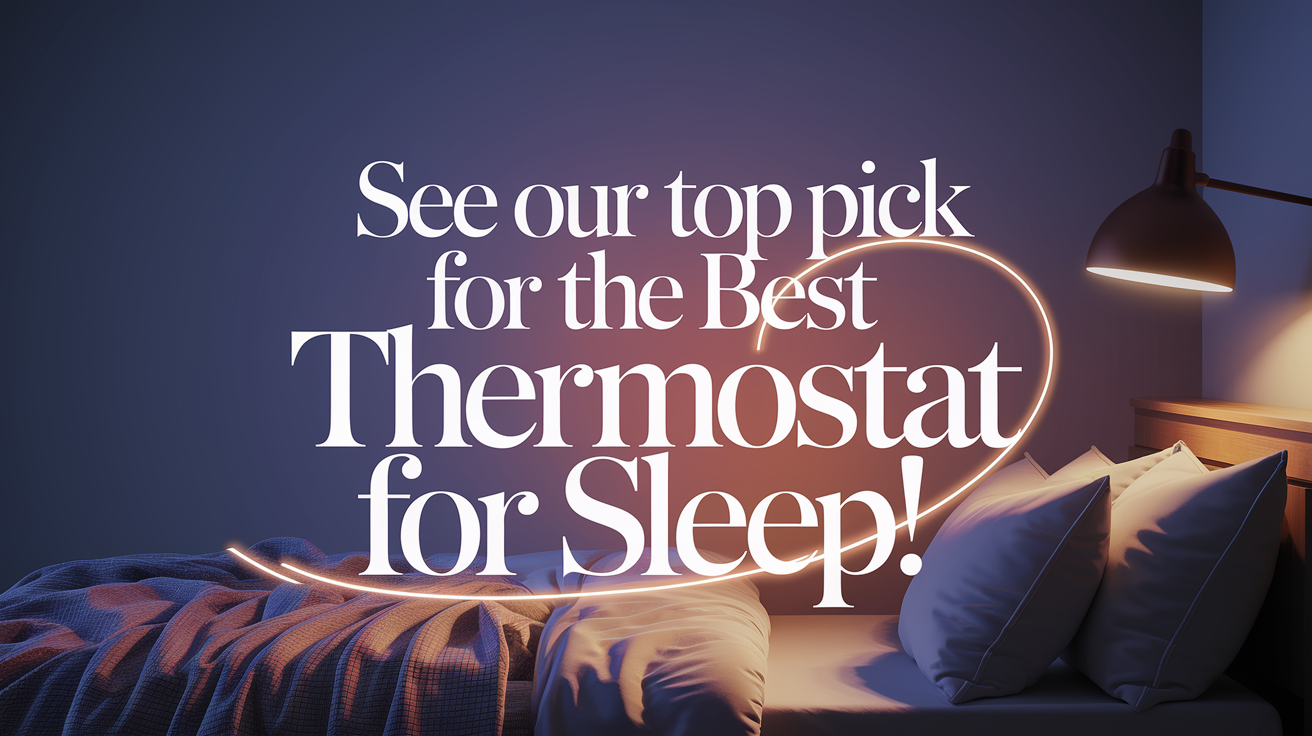
Here’s what finally helped me calm down enough to actually fall asleep faster:
1. A simple brain dump before bed
I keep a small notebook next to my bed and write down anything that’s buzzing in my mind—things I need to do, random thoughts, stuff I’m stressed about. Just getting it out helps me stop overthinking once the lights go out.
2. Mindful breathing or body scanning
I started doing slow breathing exercises like 4-7-8 breathing (inhale 4 seconds, hold 7, exhale 8). I also do a body scan—mentally relaxing each part of my body from head to toe. It works better than counting sheep.
3. Limiting stimulants and late-night distractions
Caffeine past 3pm? Nope. Heated arguments before bed? Big mistake. Even a little tension can fire up your mind just enough to keep you up.
4. Understanding what triggers my brain to stay active
If your mind races at night, it might be worth reading this post I wrote about why my brain wouldn’t slow down and what finally helped. It dives deeper into how I rewired my evenings for calm instead of chaos.
Once I combined these mental shifts with physical ones—like keeping my room cool and dark using custom blackout curtains—my sleep finally became peaceful again. It’s not just about relaxing your body. It’s about teaching your brain how to let go.

Does your sleep environment affect how fast you fall asleep?
Oh, big time. I used to think falling asleep was all about being tired enough. But once I started paying attention to my surroundings—how light, noise, and even the air in my room made me feel—I realized my environment was either helping me drift off or keeping me wired.
Here’s how I made my bedroom a sleep-first space:
I got serious about darkness
I swapped out my regular curtains for blackout curtains that actually fit and block light completely. No more streetlights, glowing billboards, or sunrise beams waking me up early.
I adjusted the room temperature
Keeping it at 65°F is my sweet spot. Too hot and I toss all night. Too cold and I curl up like a pretzel. If you haven’t already, check out what I learned in my best temperature for sleep article—it made a huge difference for me.
I cut the noise
If I couldn’t eliminate noise (thanks, neighbors), I added a white noise machine or a fan to drown it out.
I made the bed somewhere I actually wanted to be
Soft sheets, a good pillow, no clutter. It sounds basic, but it matters. Your bedroom should feel like a place of rest—not stress.
Once I took control of my space and turned it into a calm, quiet zone, I stopped fighting to fall asleep. Now I actually look forward to winding down because I know my room is working with me, not against me.

What’s the best nighttime routine to fall asleep faster?
Routines used to sound boring to me—until I realized my body actually loves them, especially at bedtime. Once I got consistent with a simple nighttime routine, falling asleep got way easier and way faster. It’s like my brain and body learned, “Oh, we’re doing this again? Cool. Time to shut down.”
Here’s the routine I stick to most nights (and yep, it actually works):
1. Power down the screens (30–60 mins before bed)
I used to scroll until the second I turned off the light. Now I shut off my phone and TV about 45 minutes before bed. That one change made a huge difference.
2. Take a warm (not hot) shower
It helps lower your core body temperature once you step out, which signals your body to get sleepy. It also helps me mentally transition into “slow-down” mode.
3. Lower the thermostat to around 65°F
Temperature is everything. I talk more about that in this guide on the best temperature for sleep—but long story short, a cool room helps your body fall asleep faster.
4. Close my blackout curtains and dim the lights
When I close the blackout curtains and turn down the lights, it’s a mental signal to my brain that the day’s done. That small habit helps trigger melatonin production naturally.
5. Read or journal—no screens allowed
This is how I offload lingering thoughts. Just a few pages of a book or a short journal entry helps calm my brain down so I’m not thinking about work or life at 1 a.m.
If you’re trying to fall asleep faster, don’t wait until bedtime to think about it. Start building a little rhythm that leads into it. Your body thrives on patterns—and once you build one that works, falling asleep becomes automatic.

Can blackout curtains help you fall asleep quicker?
A hundred percent yes—blackout curtains changed the game for me. I used to fall asleep with streetlights flooding my room, porch lights from across the street, and even a weird blue glow from a nearby business sign. I didn’t think it mattered… until I made the switch.
Here’s why blackout curtains made such a huge difference:
They block out artificial light that messes with melatonin
Light—even a tiny amount—tells your brain to stay alert. Blocking it completely lets your body know it’s nighttime, not time to check your phone one more time.
They create a cozy, cocoon-like space
There’s something deeply relaxing about total darkness. I didn’t realize how much light made me feel on edge until I removed it.
They keep the room cooler
Less sunlight = lower room temperature. That’s a win for anyone trying to create the best temperature for sleep, which helps you fall asleep quicker too.
I’ve been using custom blackout curtains for a while now and they’ve made a noticeable difference—not just in how fast I fall asleep, but how deeply I sleep too. Honestly, if you’re still using thin, light-leaking curtains, this one upgrade might change your nights completely.
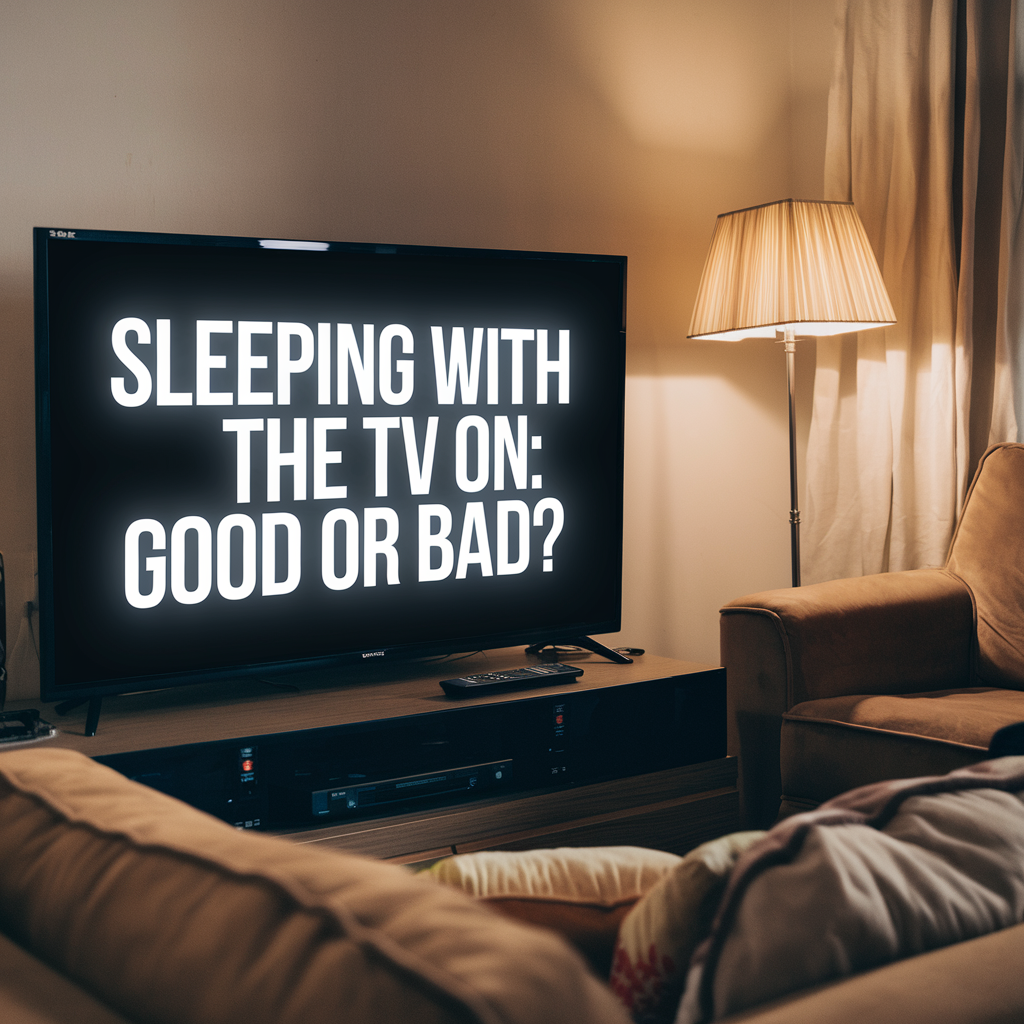
What temperature helps you fall asleep the fastest?
After way too many nights of tossing, turning, and kicking off the covers at 2 a.m., I finally learned how much temperature affects how fast you fall asleep. You can have the comfiest bed in the world, but if your room is too hot or too cold, your body won’t settle.
So what’s the magic number? For me—and for a lot of people—it’s around 65°F. That cooler range between 60–67°F helps your core body temperature drop, which triggers your natural sleep signals. Once I started lowering my thermostat a little before bed, I noticed I was falling asleep faster without even trying.
Here’s what helped speed things up:
- Drop the thermostat about an hour before bed
- Use breathable sheets—I swapped out flannel for bamboo
- Keep the room dark and insulated with blackout curtains
- Run a quiet fan for airflow (and white noise)
And if you’re still not sure what’s best for your room, I go into more detail in this post on the best temperature for sleep—it’s full of tips that actually worked for me.
One thing I didn’t expect? Blackout curtains helped keep my room cooler by blocking out the sun during the day, especially in the summer. Turns out, temperature control isn’t just about your thermostat—it’s about your whole environment.
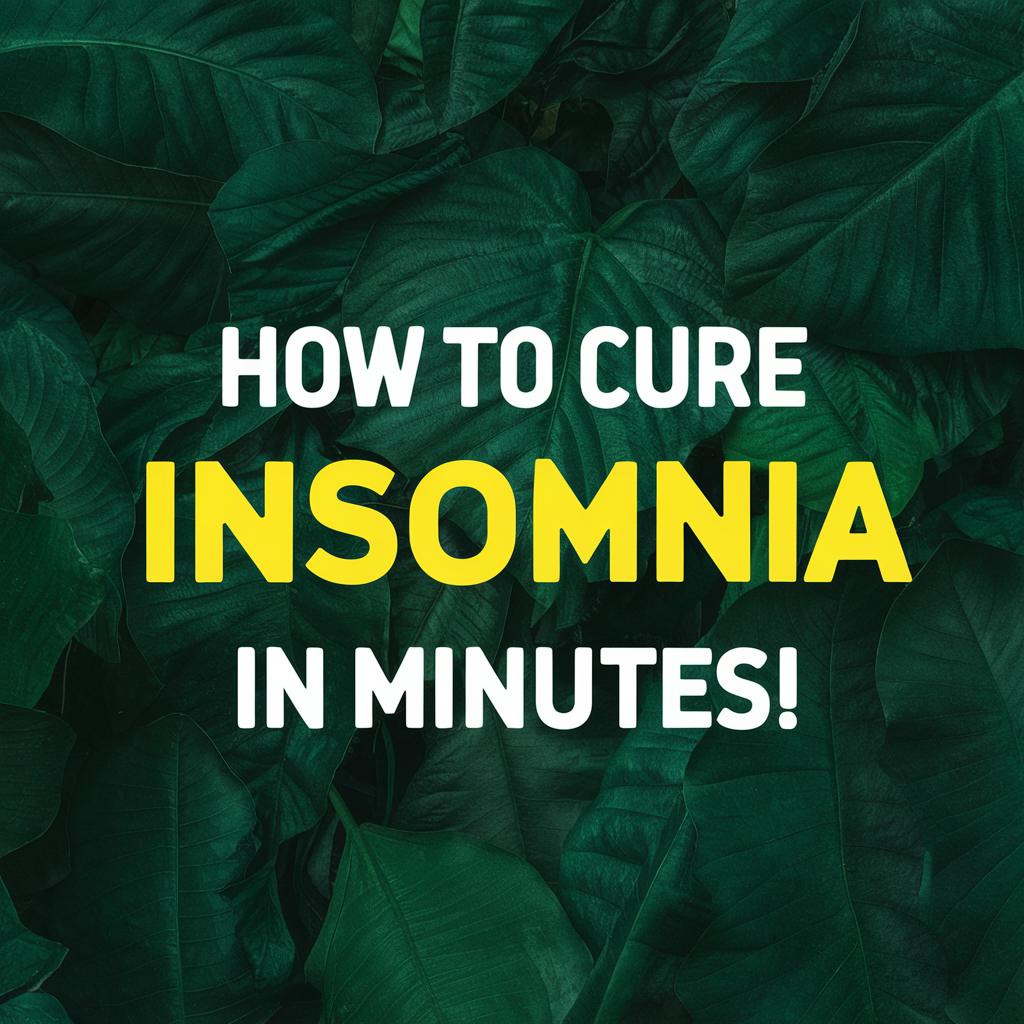
Are there things I should avoid before bed to fall asleep faster?
Yes—and I found out the hard way. I used to think I was doing everything right: brushing my teeth, lying down at a decent hour, lights off. But my pre-bed habits were working against me without me even realizing it.
Here’s what I had to cut out to finally fall asleep faster:
1. Scrolling on my phone
Blue light delays melatonin and the constant mental stimulation kept my brain running even after I shut off the screen.
2. Caffeine too late in the day
Even if I drank coffee at 3 p.m., it still affected me at bedtime. I try to stop all caffeine by noon now—and it’s made a huge difference.
3. Stressful conversations or heavy problem-solving at night
Not the time to plan your finances or argue about laundry. Save that stuff for earlier in the day.
4. Late-night snacking—especially sugar or spicy food
If my stomach was active, I wasn’t sleeping well. I now cut off food at least 2 hours before bed.
5. Heavy exercise close to bedtime
Working out is great—but doing it right before bed always left me wired. I moved my workouts to earlier in the day and noticed my sleep improved.
If you’re already doing the right things but still struggling, it might be these little habits that are slowing you down. I talk more about what finally worked in this post on practical sleep hygiene tips—sometimes it’s the small stuff that makes the biggest difference.

How can I fall asleep faster without medication?
This was a big one for me. I didn’t want to rely on melatonin supplements or sleep aids every night—I wanted to fall asleep faster naturally. But at first, I didn’t think it was possible. My mind was wired, my body felt restless, and nothing seemed to help. Turns out, I just needed the right combination of changes.
Here’s what helped me fall asleep faster—without needing to pop anything:
1. A consistent wind-down routine
I know routines sound boring, but your brain loves them. Doing the same calming things every night (dim lights, read, stretch) helps your body know it’s time to shut down.
2. Blackout curtains that made my room a cave
When I added custom blackout curtains, everything changed. The room stayed dark, quiet, and cool—exactly what my body needed to fall asleep naturally.
3. Room temp at 65°F
This one is easy to overlook, but cooling your room is one of the fastest ways to signal your body to relax. I break it down more in my temperature for sleep guide.
4. Breathing techniques and body scanning
I use the 4-7-8 breathing method almost every night now. Inhale for 4, hold for 7, exhale for 8—it slows everything down. Pair that with a body scan, and I’m usually asleep before I finish.
5. Getting my racing thoughts under control
This one was the hardest. My brain never wanted to be quiet. But once I learned a few simple tricks to calm it down, I started falling asleep faster than I ever thought I could. I wrote about exactly how I did that in this post about racing thoughts at night.
Falling asleep naturally takes a little effort at first, but once you find what works for you, it gets easier every night. And if you’re still stuck after all that, don’t miss this full guide to overcoming sleep issues—it covers more than just bedtime fixes. It helped me connect the dots when nothing else made sense.

What’s a natural method that helps you fall asleep instantly?
Okay—nothing’s truly instant, but there are a few natural methods that come really close. The one that works fastest for me is combining a relaxing breath pattern with a totally dark, cool room. I do this every night:
- Blackout curtains closed tight
Darkness is a must. No light leaks, no glow from the street. That’s where my custom blackout curtains made a huge difference. - Thermostat set to 65°F
There’s something about cool air and a cozy blanket that just knocks me out. It sets the stage perfectly. More on that in the temperature for sleep post if you’re curious. - The 4-7-8 breathing method
This one is gold. Inhale for 4 seconds, hold for 7, exhale slowly for 8. After a few rounds, my heart rate drops and my mind settles. - No phone, no distractions, just quiet
When I cut out blue light and gave myself a peaceful, uncluttered space, my sleep completely changed.
If you’ve been lying in bed frustrated, give this combo a shot. It’s natural, it’s free, and honestly, it helped me more than anything I ever tried in a bottle. And if you need more tips, tricks, or tools that actually worked for someone who’s been there, I put it all together here: The Ultimate Guide to Overcoming Sleep Issues.
You don’t have to live tired. Small changes can make a big difference.
As an Amazon Associate we earn from qualifying purchases through some links in our articles.
